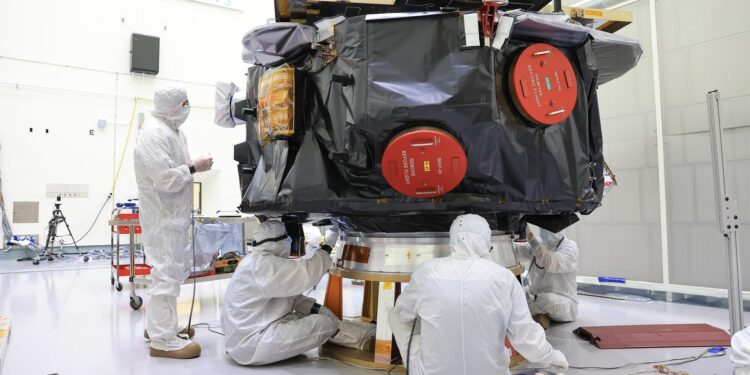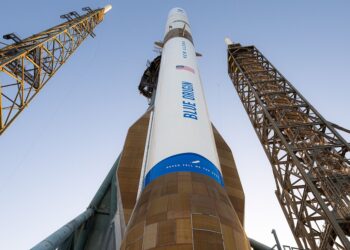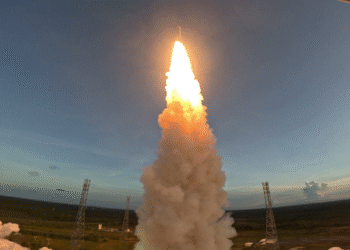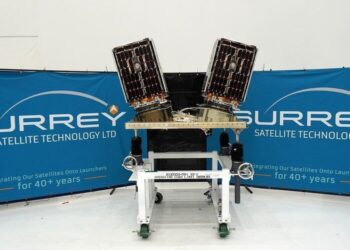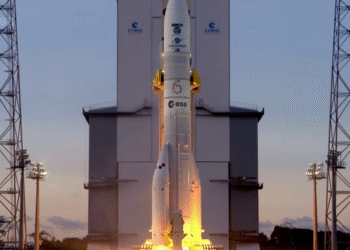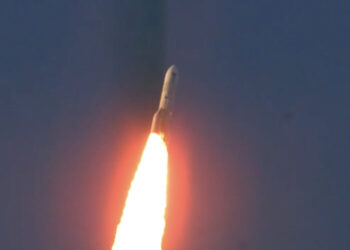NASA has announced a joint launch targeting Sept. 23 to send three heliophysics missions—IMAP, SWFO‑L1, and a Geocorona investigation—to the Sun–Earth L1 point, supporting both fundamental science and real‑time space‑weather monitoring. For details, see the official release: NASA news release.
Overview
The coordinated launch will place multiple complementary observatories at the Sun–Earth Lagrange Point 1 (L1), a stable vantage roughly 1.5 million kilometers sunward of Earth. From L1, the spacecraft can continuously monitor the solar wind and the near‑Earth environment, improving scientific understanding and operational forecasting of space weather that can affect satellites, communications, navigation, and power grids.
Missions at a glance
- IMAP (Interstellar Mapping and Acceleration Probe): Investigates how particles are accelerated in space and maps the boundary of the heliosphere by sampling and imaging energetic particles and interstellar neutrals.
- SWFO‑L1 (Space Weather Follow‑On at L1): An operational space‑weather mission to provide continuous solar wind and coronal observations for forecasting geomagnetic storms and protecting critical technology.
- Geocorona mission: Observes Earth’s extended hydrogen envelope (the geocorona), delivering global Lyman‑alpha imaging to improve understanding of Earth’s upper atmosphere and its interaction with solar activity.
Why L1 matters
- Provides an uninterrupted view of the Sun and upstream solar wind before it reaches Earth.
- Enables earlier warnings of potentially disruptive space‑weather events.
- Offers a stable geometry for consistent imaging and measurement of the Sun–Earth system, including the geocorona.
Stay updated
Accreditation details, schedule updates, and coverage plans for media and the public are available via NASA: https://www.nasa.gov/news-release/nasa-invites-media-to-joint-launch-of-sun-space-weather-missions/.


